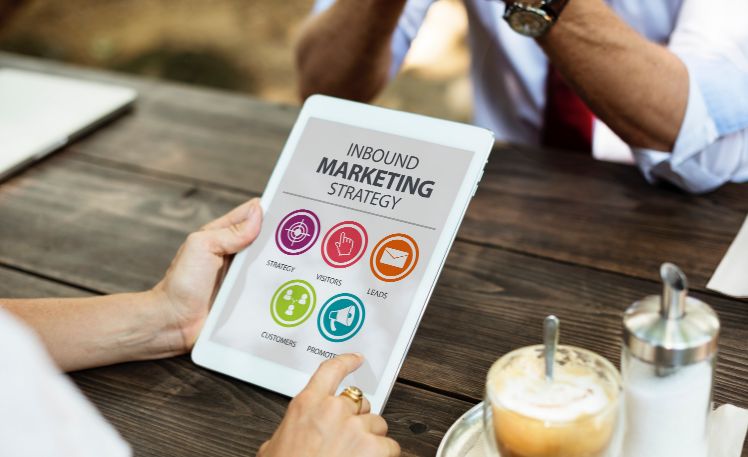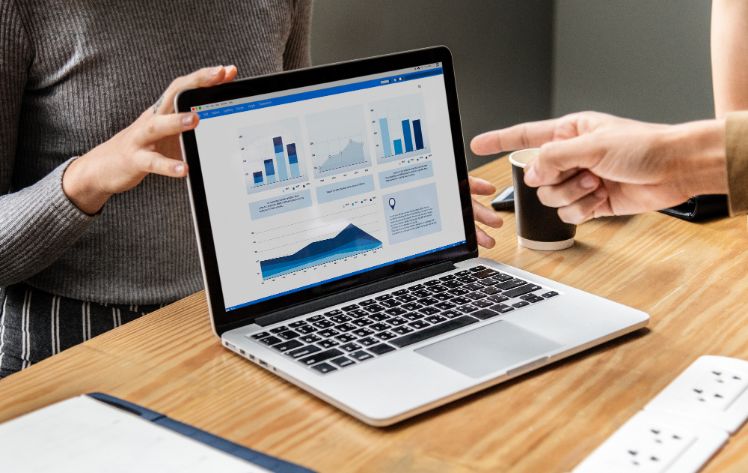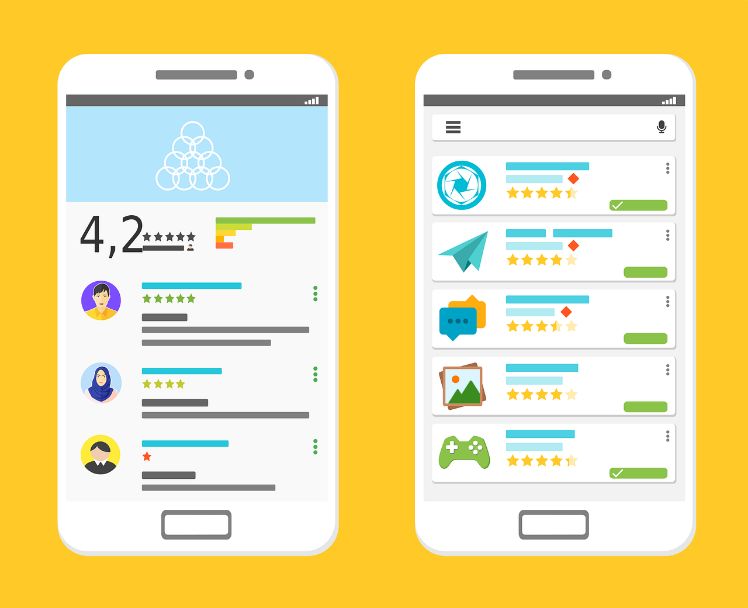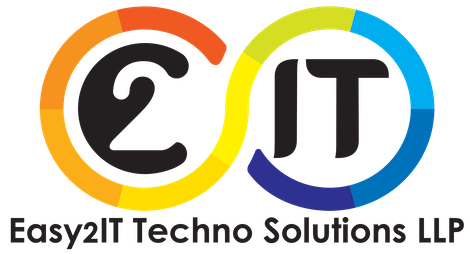The mobile app market is a challenging environment. Year after year, it becomes more difficult to stand out from the crowd when it comes to marketing an app.
Why? Because every month thousands of new apps are launched in the Apple App Store and in the Google Play Store. And that’s exactly why it’s so important to be aware of the best mobile app marketing strategies.
Especially for you, we’ve created this mobile app marketing guide that include the most effective strategies. Keep reading!
Guide: How to create a mobile app marketing strategy
But first, what is marketing for mobile apps?
Mobile app marketing is about interacting with your users from the moment they first hear about your app, to when they become a loyal user. To do this effectively, you have to define your target audience, know how to reach them, how to communicate with them, and analyse their app behaviour.
The typical way of mobile app usage is often divided into several stages of a funnel, which will be explained in this article.
Each stage requires different approaches and tactics to form a successful mobile app marketing strategy. Besides, it’s important to keep in mind that in reality users often go back and forth between the stages. This is also known as the mobile engagement loop.

The best mobile app marketing strategies for promotion
As of 2018, nearly half (42%) of small businesses had its own mobile app and 30% planned to build one in the future. In addition, almost all the big enterprises have an app too — so that’s a lot to compete with. Like already mentioned before, it’s incredibly important to differentiate yourself with a strong mobile app marketing strategy.
One of the most important things to do when considering how to market an app successfully is to define your KPIs. Using the right parameters at each stage of the user journey will help you to identify possible bottlenecks that keep users from moving from the first to the final stage. It’s vital to focus on real-time data and to use it to analyse and optimise your app’s performance.
Let’s take a closer look at every stage and the KPIs to measure.
How to promote an app – stage 1: awareness
At this point, the user has encountered your app for the first time. This is most likely due to your app launch promotion or ASO (App Store Optimisation) and SEO (Search Engine Optimisation) strategy.
However, based on your app promotions and/ or recommendations from others, your audience will decide whether they are interested in downloading your app or not.
Key metrics for the awareness stage
The key metrics for this stage are as follows:
- CPM (cost per mille). This term is also known as “cost per thousand” and it is used to measure the number of times your ad was displayed on a website. For every thousand of impressions your ad has, you pay x amount of money.
- Click-Through Rate (CTR). This metric is given in percentages and indicates how many users click through to links, landing pages and other locations. E.g. A social media ad that points to a page where your app can be downloaded.
- Traffic Source. This metric simply tells you where the user found your app. Use this to track your app promotions and see which channels are working best for you.
These metrics will help you discover which marketing actions are contributing to reaching your goals. If there’s no user interaction you might be targeting the wrong audience, advertising in the wrong place, or not using the right mobile marketing campaigns to reach them. Based on if something is working or not, you can adjust your mobile app marketing strategy.
How to promote an app – stage 2: acquisition
At this stage, the user is familiar with your app. It means your app promotions encouraged your target to download and install your app.
Key metrics for the acquisition stage
The key metrics for this stage are as follows:
- User Demographics. These are used to understand and identify your key users. Having information like their age, gender, income, spending habits etc. will help you to target them more effectively with your mobile app marketing strategy.
- Number of Downloads. Knowing how many people actually downloaded your app allows you to find out how effective your communication is.
- Cost per Download. This is your total expenditure divided by the total installs of your application.
- Devices. Track if your downloads are coming from Android, iOS or tablets. This information enables you to narrow down your targeting.
By detecting where your downloads are originating from, you can focus on the most profitable channels and improve the others.
 Source: Pexels
Source: PexelsHow to promote an app – stage 3: activation
At this point, the user is interacting with your app. As downloads are not enough to make your app a success, you’ll have to track if your target is really using it. People tend to download lots of apps on their phone but only use an average of 10 apps on a daily basis.
“Users typically utilise an average of 10 applications per day”
Up to 90% of your users will uninstall your app only after the first use. In order to prevent this, it’s vital that the user experiences that “wow effect” and discovers the value of your app. If this “wow” moment doesn’t take place, the user will probably stop using your application.
Key metrics for the activation stage
The metrics for this stage are as follows:
- Onboarding Sequence. Used to measure success in the activation stage. Depending on your app, this could be creating an account, adding a first friend, making a first purchase etc.
- Activation Percentage. This is the ratio of people that downloaded your app and completed the onboarding sequence.
When users are downloading your app but not using it, it might be necessary to optimise your onboarding process. You could do this by simplifying the copy, adjusting the design or by adding incentives to encourage the user to take action.

How to promote an app – stage 4: retention
At this stage, the user has installed your app and completed the onboarding process. Now it’s time to measure how frequently the app is used. Once patterns are detected, the app can be improved to higher retention.
Key metrics for the retention stage
The metrics for this stage are as follows:
- Active Users. Track daily and monthly users to detect who is using your mobile app regularly.
- Session Duration. Measure how long a user is active per app session. This information will help to unfold screens or tasks where users often exit the app.
- Uninstall Rate. How many people are uninstalling your app? And more importantly, after how much time?
You might observe that users aren’t returning to your app. To prevent further abandonment, consider implementing incentives such as push-notifications or emails. This is a crucial moment to prevent the user to uninstall the app.

How to promote an app – stage 5: monetisation
At this point, your app has become a regular destination for your user. This means they’ve used your app and liked the benefits that it offers. Now you can choose to convert them into paying users. Think about premium subscriptions or exclusive features. Users that have arrived at this stage, probably see the value in investing a small amount of money for something extra.
Key metrics for the monetisation stage
The metrics for this stage are as follows:
- Free to Paid Conversion Percentage. This is the number of regular users that turn into paying users.
- Purchasing Time Frame. How long did it take for users to become a paying user?
If your app is frequently used, consider offering premium features or special offers. By analysing the average purchase time, it enables you to find out when users are most interested in paying for additional features.
How to promote an app – stage 6: referral
At this stage, the user is satisfied with your app and likely to recommend it to others. This is the perfect moment to incentivise the user to leave a positive review or high rating in the corresponding app store.
Key metrics for the referral stage
The metrics for this stage are as follows:
- App Review. Short reviews from happy users of the app are great to attract new users.
- App Rating. Five-star ratings from users on the Google Play Store or Apple App Store can positively influence the number of downloads.
- Social Shares. This is the number of times your app has been shared on social media channels.
Keep in mind that apps with the highest ratings are more likely to be downloaded. Especially if you have an app of which similar ones are available from the competition — it’s important to stand out with an excellent rating.
Moreover, It’s crucial to think about the timing to ask for a recommendation. A review from a user who just installed your mobile application and one who has been using it regularly for two weeks, probably won’t have the same value.

How do I successfully market my app?
Marketing an app shouldn’t be underestimated. If you want to do it right, you have to define your target audience, use the right channels to reach them, and most important — measure everything.
A data-driven approach and strategic planning enable you to achieve your objectives with the least amount of time and resources. Important here is to discover what your primary marketing channel is going to be.
Once this is clear, (probably) around 80% of your downloads will be coming from there.
Whether you choose to bet on ASO, SEO, social media, paid ads or a combination of different approaches, it’s wise to have a roadmap to successfully market and manage the growth of your mobile app.
Do you need the help of mobile marketing experts?
If you don’t know where to start with creating a mobile app marketing plan, let us help you out! We can connect you with the best app promotion experts across the globe.
Easy2IT is well acquainted with your requirements: that’s why we only have teams with proven experience and which have been validated through a demanding internal process that ensures that you can rely on us.
Let us select the best mobile marketing experts to successfully market your application. Tell us a bit more about your needs and objectives via this form and we’ll contact you soon with a solution.
















Add comment